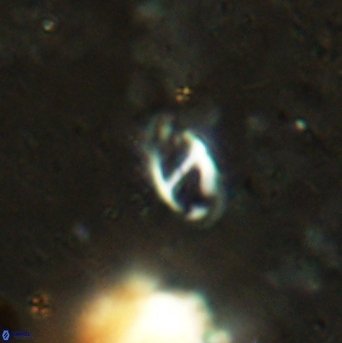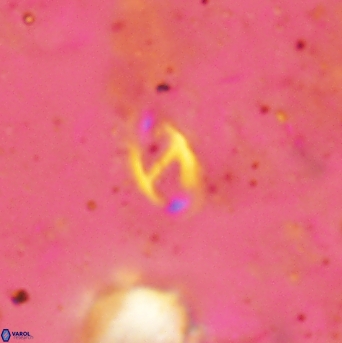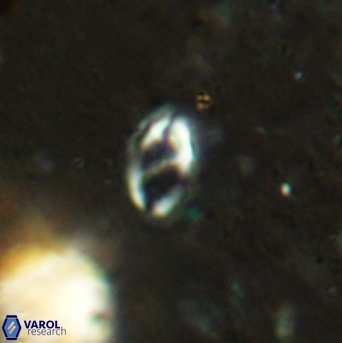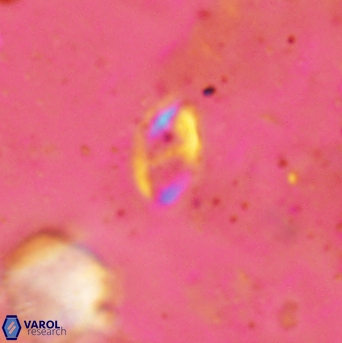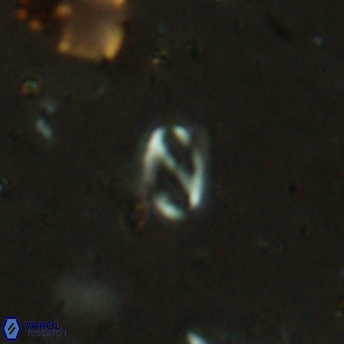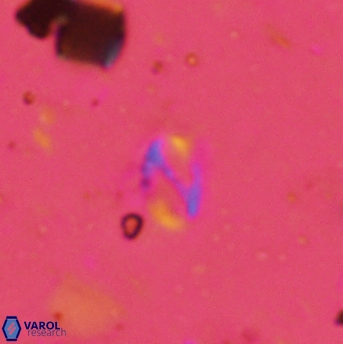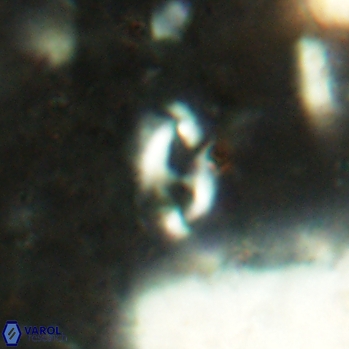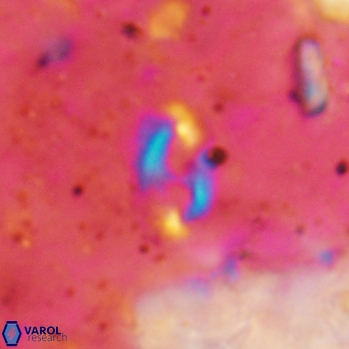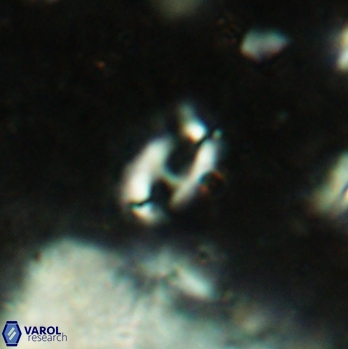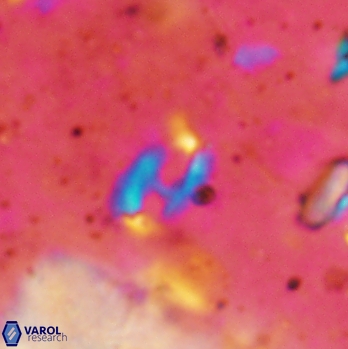Helicosphaeroides africanus
Helicosphaeroides africanus Varol, in prep.
Species of Helicosphaeroides has a symmetrical blanket confined to the central area (not extending to the periphery of the flange) (Type I, Helicosphaeroides ampliaperta Type) blanket, a flush flange termination and a relatively large central opening spanned by the delicate conjunct inverse bar.
After African continent
Helicolith has a Type I (Helicosphaeroides ampliaperta type) blanket, a flush flange termination and a relatively large central opening spanned by the delicate conjunct inverse bar with a split in the middle.
Helicosphaeroides africanus differs from Helicosphaeroides vedderi (Bukry,1981) Varol, n. comb. by having an inverse conjunct bar with a split in the middle whereas the latter has an oblique conjunct bar without a split. Moreover, the oblique bar of Helicosphaera vedderi is non-birefringent at 0° under polarised light.
Bukry, D., 1981b. Pacific coast coccolith stratigraphy between Point Conception and Cabo Orientes, Deep Sea Drilling Project Leg 63. Initial Reports of the Deep Sea Drilling Project 63, 445-471.
